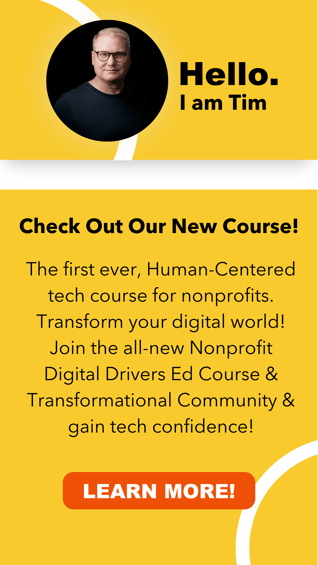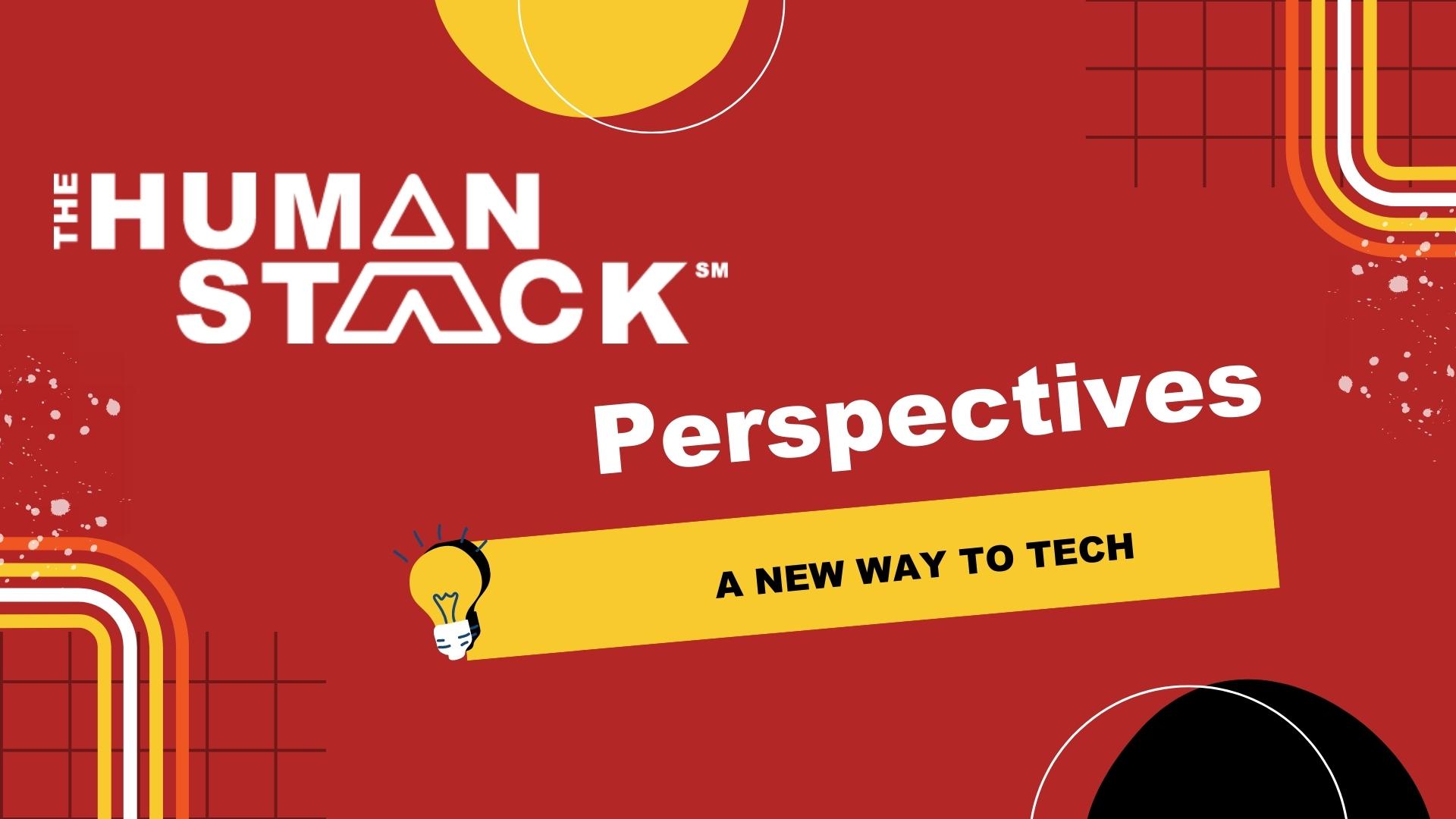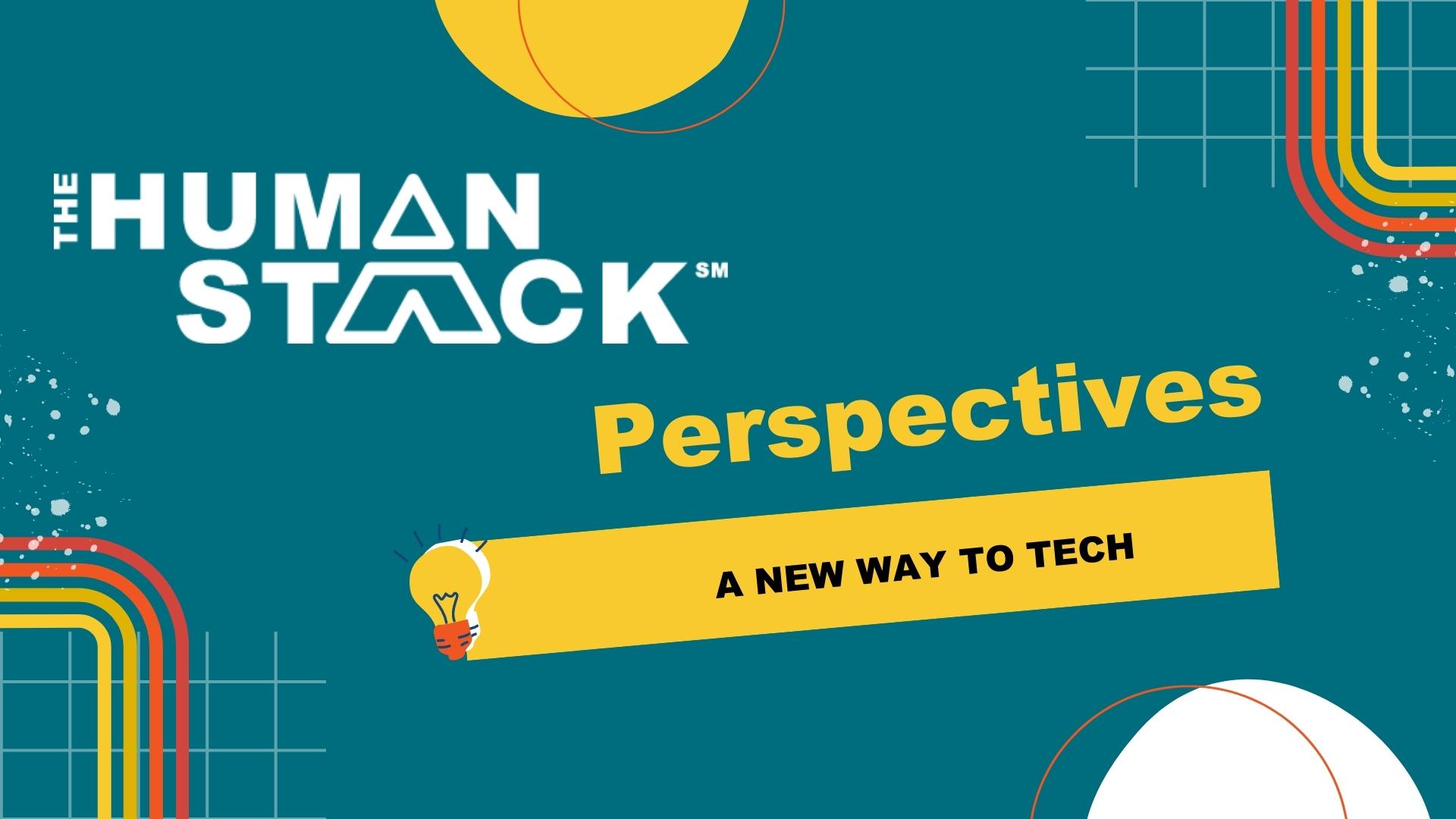The future of nonprofit organizations is Talent first, not technology. But talented nonprofit professionals will not stick around if organizational technologies are misaligned with their reality.
Staff and leaders of nonprofit organizations are often torn between two opposing forces - old ways versus new technology. The comments that keep coming up in my interviews reveal a surprising insight about the state today’s charities find themselves at with these issues, which can be generally represented by those born before and after the early 80’s. While this seems (and likely is) generational, it’s important to look past age generalizations and understand that this question is less about tools and more about reality and identity for some staff.
Technology, tradition, and culture are related and intertwined in ways we don’t think enough about.
Technology seems empirical; tradition and culture not so much. Recently I’ve had discussions with nonprofit professionals and leaders about technology frustrations. One of the patterns to emerge in the social sector is a generational gap in technology. It reminds me of something I read in a book about Category Design some Category Pirates about Analogs vs. Digitals. Here’s what it has to say:
There are two types of people on planet earth today.
- Analogs: these are Baby Boomers and Gen Xers, born anywhere from 1940 all the way up to the early ‘80s (ages 40-75).
- Digitals: Millennials and Gen Zers born between the early 1980s and as recent as 2010s (ages 6-35).
What is the Difference?
- Analogs grew up when technology was an addition, or better yet, a distraction from their real lives.
- Digitals grew up in a time when their “real” lives were a distraction from their digital lives.
Nonprofits struggle with digital because of the underlying economics. To learn more check out our blog "Nonprofits: It's Time to Mind Our Own Business Model" because it's not going away anytime soon. These alternate realities with technology create a widening gap between Digitals and Analogs. A majority of the leadership of nonprofits are Analogs, while emerging and incoming young nonprofit professional talent are Digitals.
The gap isn't just about which app or platform.
When it comes to technology, one group sees it as a time-saving tool and is existential for the other. A typical genXer, feels comfortable in both worlds and mostly wants us to get along and see that more than one reality can exist. My dad brought home a PC in the early 80s, and I remember the first time an amber cursor blinked and came to life in our living room. Cell phones didn’t exist when I was a teenager (but cordless phones did!). I remember the first time I saw an airport base station that created unplugged internet (aka WiFi). I preached (yes, I was an almost-pastor) about the impossibility of digital communities, how they weren’t real, and how they couldn’t create lasting relationships. This is funny now because I haven’t even met some of my friends and staff in person. Neither side is right or wrong because it isn’t about right or wrong. But it is about how people relate, and technology creates the digital mediums that develop digital relationships and the emerging wave of global communities.
That said, there are currently more Digitals alive today, with more arriving all the time. This means that Analogs are outnumbered. But they got here first, so they hold most of the leadership positions in the nonprofit sector and make most of the technology decisions. Or they don’t make decisions about technology, also known as Tradition. So Analogs are making the decisions (or not), and Digitals live with the outcomes. One of the reasons that Digitals are leaving nonprofits is that the technology is out of alignment with their existential reality.
So, where does this leave nonprofit leaders who are Analogs?
The answer is NOT to go out and get TikTokInstaReelFaceGram’d. You’ll be happy to hear that your next moves should be well-practiced leadership moves: humility + empathy + transparency + openness. Note that these are cultural, not technical actions.
- Acceptance vs. Denial: Now is the time to choose. You can work with this rather than against it by seeing it for what it is: the natural evolution of social order and progress. This is their Fight-for-Their-Right-to-Party moment, don’t be the stodgy parent getting in the way of their Footloose party. (Or whatever happened. Footloose never really made sense to me, so I might be getting it wrong.) What is it that you are you accepting? That your reality is different. Technology isn’t just tools (it’s a way of life). That your cutting-edge tools are pretty dull at this point. And that Facebook is actually old technology.
- Develop Empathy: Stop for a minute to remember what it was like when you had a leader who “didn’t get it,” like your parents unable to grasp the monumental difference between New Coke and Classic Coke! This empathy is for both Analogs and Digitals. New technology scares Analogs who still have flashbacks of their masters thesis being erased because... MS-Dos happened. I recently had coffee with a consultant who implemented Salesforce as the Executive Director of an organization. Some of the longer-term volunteers accused her of trying to get rid of them by introducing new technology. And on the other side, you will need to show empathy to staff who feel like the technology isn’t aligning with them.
- Tradition vs. Technology: Cue Fiddler On The Roof and imagine you are Topol with his donkey cart signing “Tradition”. Tradition is the backbone of culture; it’s efficient, was hard to establish, and there for a reason, but if we’re honest, it’s also often arbitrary and change-resistant. Many reasons leaders avoid technology changes boil down to tradition and not wanting to learn something new. Often it’s not just the budget or the time; it’s about the fear of doing something new while we’ve got an excellent way of emailing instead of whatever Slack is. Technology is not about efficiency anymore; it’s about culture. And to state it as clearly as possible, we live in a world where employment decisions are made around culture and values.
- Listen and Learn: I had a conversation last week with a highly talented young professional who is considering leaving a nonprofit because the leaders aren’t open to hearing about better technology. They aren’t thinking of going because the tech isn’t there but because the leaders aren’t listening. This is so prevalent that I’ve considered developing a tech intervention service to boost the voices of professionals who will leave because of leaders who won’t listen and learn.
To-Don’t: if that is your to-do list above, then this is your single to-don’t item. Don’t make substantial system changes because of this. This article started out talking about Talent over Tech, and that’s the whole point. The tech industry is so focused on technology that it doesn’t focus on humans. Don’t fall into that trap; this is about your talent, your staff, and volunteers, the humans.
There is an opportunity in the nonprofit sector for professional development and tech literacy. Executive directors, fundraising professionals, workshops, and webinars focus heavily on fundraising but nonprofit management should begin to seriously consider professional growth in tech skills. When looking at the big picture and how quickly technology is changing, the sustainability of the nonprofit sector will depend on executives including in their strategy the opportunity for professionals in the nonprofit community to learn the needed skills to stay relevant.
You think about tech like a leader.
Your systems need to work together. There isn’t unlimited bandwidth to learn something new or implement 19 different tools. If your staff think all the new tools are the solution, they might be wrong; running personal digital lives is entirely different than organization data, information, and insights.
I’m not saying to go out and learn the tech; I’m saying, learn the humans. Know your staff and how they use technology personally and what it means to them. You’re an intelligent leader, so you can see if there’s overlap or hire someone like me to help navigate changes to create alignment. But what you, and only you, can do is learn your Human Stack.


 Tim Lockie
Tim Lockie




